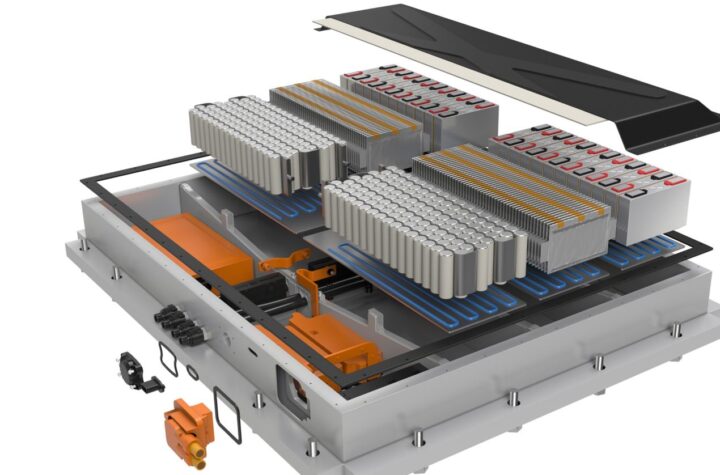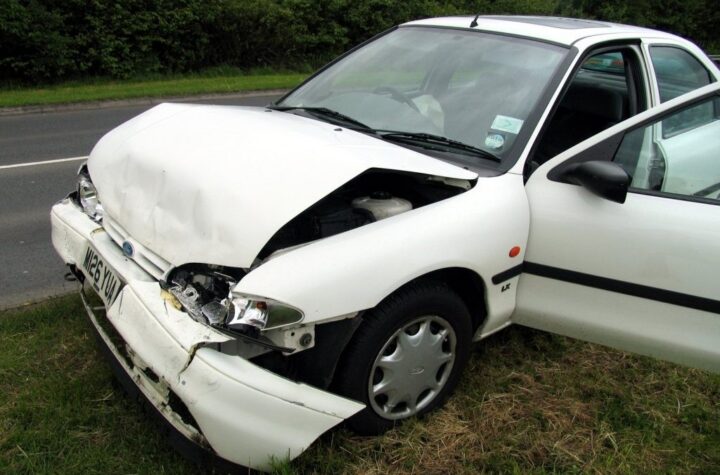
One kg of aluminum can replace about two kgs of steel or iron in most automotive applications (Alcan)
Aluminum is the second most abundant metallic element in the Earth’s crust after silicon, yet it is a comparatively new industrial metal that has been produced in commercial quantities for just over 100 years (USGS – United States Geological Survey)
Measured either in quantity or value, aluminum’s use exceeds that of any other metal except iron, and it is important in virtually all segments of the world economy (USGS – United States Geological Survey)
Aluminum weighs about one-third as much as steel or copper; is malleable, ductile, and easily machined and cast; and has excellent corrosion resistance and durability (USGS – United States Geological Survey)
Some of the many uses for aluminum are in transportation (automobiles, airplanes, trucks, railcars, marine vessels, etc.), packaging (cans, foil, etc.), construction (windows, doors, siding, etc), consumer durables (appliances, cooking utensils, etc.), electrical transmission lines, machinery, and many other applications (USGS – United States Geological Survey)
The auto industry is the aluminum industry’s fastest growing customer (Aluminum Association)
The most recent peer-review from the National Research Council of the Partnership for a New Generation of Vehicles (PNGV) states that “aluminum continues to be the leading candidate material for the Goal 3 [80 mpg] vehicles.” PNGV is a partnership between the federal government and DaimlerChrysler, Ford and GM (Aluminum Association)
The United States’ aluminum industry is the world’s largest, annually producing about $39.1 billion in products and exports (Aluminum Association)
United States’ companies are the largest single producer of primary aluminum (Aluminum Association)
Aluminum is one of the few products and industries left in America that truly impacts every community in the country, either through physical plants and facilities, recycling, heavy industry, or consumption of consumer goods (Aluminum Association)
Transportation represents the largest market for aluminum in the U.S. (Aluminum Association)
In 2000, aluminum passed plastic–with average content of 257 lbs per vehicle–to become the third most-used material in automobiles, in 2006, it surpassed iron and became the second most-used material in automobiles (Aluminum Association)
Aluminum originates as an oxide called alumina, and because aluminum itself does not occur in nature as a metal, the processing of aluminum took a giant leap forward with the advent of electricity (Aluminum Association)
The automotive industry is the largest market for aluminum castings and cast products make up more than half of the aluminum used in cars (Aluminum Association)
At an annual sum of more than $2 billion, the aluminum industry is a major industrial user of electricity (Aluminum Association)
In the last 50 years, the average amount of electricity needed to make a pound of aluminum has been slashed to 12 kilowatt hours to about 7 kilowatt hours (Aluminum Association)
For a 53-year-old baby boomer – over 80% of the total aluminum ever produced in history has been produced during their lifetime! (age has been adjusted to fit 2006 reference) (Alcan)
Aluminum is the most abundant metallic element in the Earth’s crust. It was once considered an expensive luxury item, but today aluminum is one of the most widely used commercial metals in the world (Hydro Aluminum North America)
Aluminum is highly versatile and can be formed into any shape imaginable (Hydro Aluminum North America)
Aluminum’s properties – malleability, ductility, density and others – make it the perfect light-weight super-strong solution for countless applications (Hydro Aluminum North America)
The largest source of aluminum in the municipal solid waste stream is aluminum used beverage containers (UBCs) and other packaging containers, other sources of aluminum are found in durable and nondurable goods, such as appliances and automobile parts (U.S. Environmental Protection Agency)
Pound for pound, aluminum can be up to two-and-a-half times as strong as traditional steel and absorbs up to twice as much crash energy (AutoAluminum)
Aluminum structures can be designed to fold in a predictable manner during a crash, so the vehicle’s structure – not the passengers – absorbs more of the crash energy (AutoAluminum)
Using aluminum to cut a vehicle’s weight by 10percent can boost its fuel economy up to 8 percent (AutoAluminum)
Aluminum’s use in light trucks, SUVs and minivans has tripled since 1991due to its environmental, safety and driving performance advantages
Aluminum can compete successfully with less costly materials because of the advantages it brings in primary and secondary weight saving, structural performance and design flexibility
Aluminum structures can be designed to fold during a crash in a predictable manner, absorbing maximum energy to protect passengers from destructive crash forces
A study released by The Aluminum Association Inc., in 2005, shows injuries in crashes involving SUVs can be reduced by up to 26 percent by using aluminum to increase a vehicle’s crush zone, while still reducing the weight of the vehicle
Aluminum allows manufacturers to maintain or increase the size of their SUVs while reducing weight by up to 20 percent
Aluminum can compete successfully with less costly materials because of the advantages it brings in primary and secondary weight saving, structural performance and design flexibility
At one time, aluminum was more valuable than gold
Trends towards greater aluminum use can be attributed to three specific advantages: environmental, safety and driving performance (AutoAluminum)
Aluminum is the second most abundant metallic element in the Earth’s crust after silicon, yet it is a comparatively new industrial metal that has been produced in commercial quantities for just over 100 years (United States Geological Survey)












More Stories
Your Guide to Filing a Car Accident Claim
Steps to Take Immediately After a Car Accident
What Makes SUV Cars More Prone to Accidents?